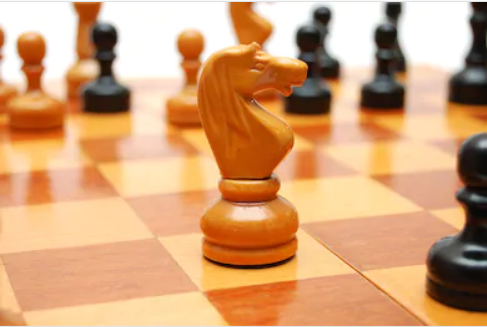Tricky Chess Rules: Pawn Promotion and En Passant
This is the most advanced section of the Beginners Page. We will be delving into these advanced concepts in depth, so don’t worry! You will understand these concepts with enough practice. I believe the two concepts that we’ll cover in this section — Pawn Promotion and En Passant– are arguably the hardest chess rules that…
Read more
Exceptions to Castling
Now, castling is not infinite: it cannot happen at any time. There are certain rules that determine when you can and cannot castle. In fact, remembering and understanding the exceptions for castling is almost as important as understanding castling itself. Here are the exceptions to castling: You cannot castle if you King has already moved.…
Read more
Castling
Castling is one of the most important concepts in chess, which we will be spending lots of time both learning about this, but also reinforcing the concept as we progress though the levels. Facts about Castling: -Castling refers to a maneuver that allows the king and a rook to move at the same time. -Used…
Read more
A Disclaimer About Checks
After reading about the power of check, it makes sense to check your opponent at every turn, checks are not always good – in fact, they could even be harmful to your position. A check is usually not the best move if: -There is no good follow up to your check.-The opponent has an easy…
Read more
Check and Checkmate
As you might already know, a check is an attack on the enemy king. When a piece moves to attack an enemy king, it is said to be put in check. There are three ways you can potentially get out of check. Those are: 1) Moving the King out of the enemy’s attack. 2) Using…
Read more
Capturing/Captures
Now, we’ll take a look at capturing/captures. This refers to when your own piece takes an enemy piece off the board. Here are some rules for capturing: -You cannot legally capture your own pieces! There is no backstabbing in chess. -Except for the pawns, generally, pieces capture in-line with how they move. -To sum up…
Read more
Piece Values
Piece Values refer to – generally speaking – how valuable pieces are. All the pieces: the Pawns, Bishops, Knights, Rooks, Queens, And Kings: have numerical values assigned to generally reflect the strength of that piece. These are only guidelines, but helpful guidelines nonetheless for the beginning player. Pawns. Value: 1 Pawns are in a category…
Read more
Piece Movement: Diagrams
The Pawn The Pawn can move 2 spaces in the beginning. Afterwards, if unblocked, it can only move one space. On the first move, the White pawn moves forward 2 spaces. If a pawn is on the starting square and isn’t blocked, it can move 2 squares forward. However, after after it’s off of its…
Read more
Chess Pieces
What Are They? Chess pieces are the objects used to play chess: each have their own name, their own range of movement, and values. Pawns: can move 2 spaces forward when first moving forward. After that initial leap, they can only move one space if unblocked. If a pawn reaches the end of the board,…
Read more
Introduction to Chess
What is Chess? Chess is a two-player game, a strategy game played on a 8×8 board with 16 pieces for each sides: The pawns, bishops, knights, rooks, queens, and the kings. What is the Goal of Chess? The goal of Chess is to Checkmate the King, or force your opponent to resign. In other words:…
Read more
